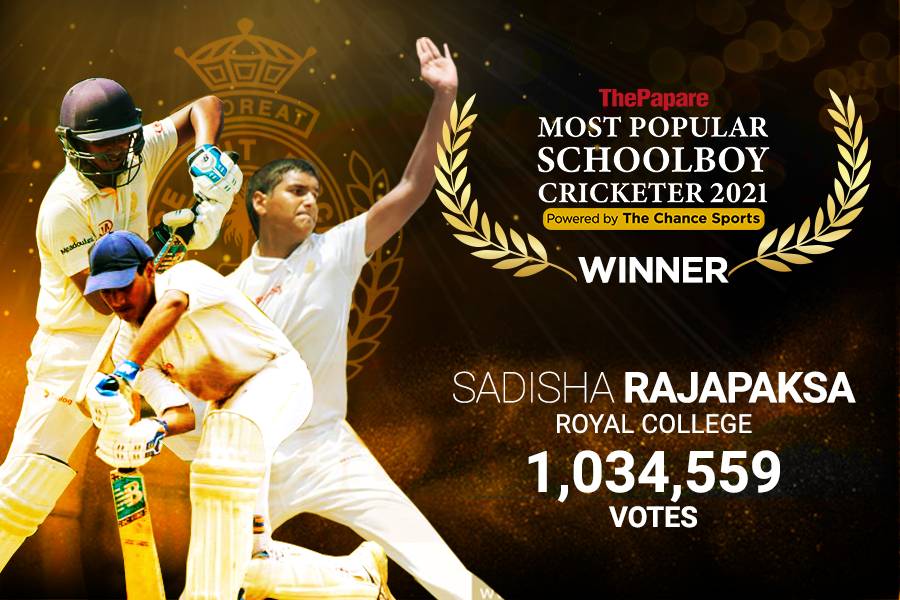My brain power depends on my retained mastery of analyzing in detail what’s happening in my world and in my mind and body. I must continue to practice to retain my constructive and analytic powers. The goal is to be the master of my environment” – Michael Merzenich
Free Hit contributor – Sandeep Rodrigo

So what’s going on? For me for general success in sports you need a talent pool, infrastructure and sound strategy. Failing all, when stars align a miracle will sometimes bring you a one-off success punching above the big boys. i.e Leicester City 2015/16.
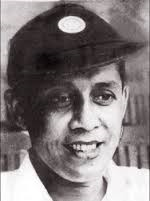
A country like Sri Lanka with cricket embedded in our DNA would always produce the talent whether it’s the orthodox or unorthodox kind. From the times of Mahadevan Sathasivam (labelled the best batsman in the world by Frank Worrell and Garfield Sobers) to the modern-day greats, talent has been rich and in abundance in the Sri Lankan cricket team. Whilst it’s harsh to compare the current crop with the Sanga’s, Mahela’s, Murali’s et al, the rave reviews about players like Kusal Mendis, Dhananjaya De Silva, etc from the coaches do show the confidence in their talent. This is reinforced by the form defying, game changing, jaw dropping performances the young lot have produced sporadically in the recent past. Let’s not forget that during Sanga’s early days we complained about his lack of keeping skills, Mahela going through 9 innings of a world cup with only 21 runs and Sanath scoring his 1st ODI 100 in his 71st match 5 years in to his career (at the time average of 15.18 and a strike rate of 69.41).
Infrastructure refers to the administration, domestic competitions, support staff and facilities. Where to begin with the infrastructure in Cricket in Sri Lanka? Having said that administration and domestic competition (high level of school’s cricket and not so high level of club standards) in Sri Lanka has been this unstable and with much room for improvement during the times of the golden era as well. And if at all, the quality of support staff and facilities have improved beyond bounds now with the influx of money coming in to the game.
In my view, the problem is with the strategy. Strategy is two-fold, the on-field cricket strategy and the more individualistic mental strength and development. I will leave the on-field strategy for another day, and there’s plenty more qualified and well paid people for that.
This article is about the mental approach to cricket and being an elite sports professional.
Anxiety and Energy management –
You are the greatest talent the world has ever seen, and you diligently practice for hours on end. But what do you do when you are the new batsman at the crease, your partner is on 75, you are making your debut, 30,000 fans screaming for you at the Ketharama, with 5 runs to score of 2 balls. What do you do? Yes, you may look to hit a six, or try to take a single to let the senior partner manage the last ball, but to do either, you must manage your anxiety, your energy, your fears, your excitement or whatever the countless emotions that may hit you at the time. Over the 7 hours of the duration of the game, it is the ones who manage these emotions that will ultimately succeed. Cognitive behavioral therapy is a commonly used method in increasing performance in professionals in high tense situations.
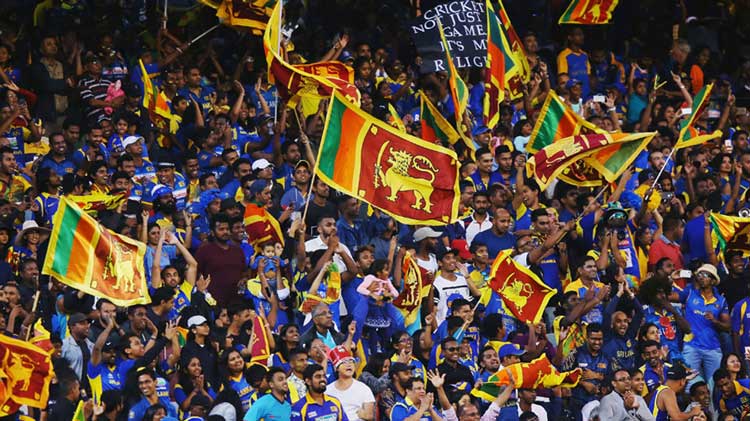
Attention and concentration –

Communication –

Goal setting –
To be the best, you must want to. In the modern world of lucrative contracts, celebrity status and social media, it’s very easy to forget or distract yourself from the reason you are there playing for the national team. As a boy growing up, you wanted to emulate the cricketing heroes of the generation. You work hard, showcase your talent and reach the 
Imagery, Visualization, Mental Practice –
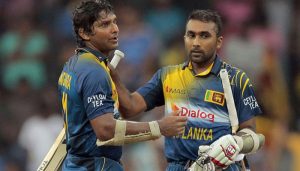
Self-talk –

Team building –
Recently the Sri Lankan team has adopted to singing a team song after victories. This is obviously taking out a page from the famous Aussie dressing room tradition of singing as a team with an appointed song master. The difference is, you go to the social media of the Sri Lanka players and you will see the ‘team song’ in multiple videos and multiple angles, where as I dare you to find a single video of the Aussie’s doing it. So is this an actual team building activity or a bit more of a show? Team building is more about trust, respect, loyalty and going to war for your teammates. In the past the Sri Lankan team has shown the ‘siege mentality’, fighting as a team to win from unexpected positions, with the world against them and with back to their walls. This phenomenon has become very rare in the recent years.
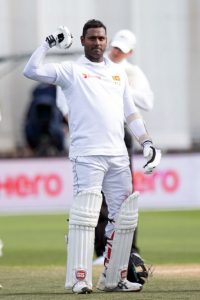
What is the message sent to the team when one of your senior players whose recently been dropped, comes back in to the team, scores a hundred, sends a cheeky message to the dressing room / management and gets injured the next game which ironically was part of the reason for being dropped in the first place? That really does not speak much for respect and discipline. Team work is probably the hardest of the above to conquer, as it is not down to one person but is also the one that will give you the highest dividends.
Talent you are born with, and skills you develop with hours of practice and dedication. But what completes the package is the highest level of mental commitment, which creates drive, motivation and the hunger to reach the top of the top.
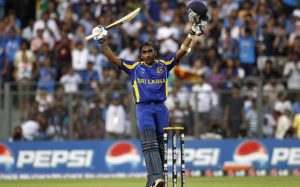
From his tricky start to wicket keeping Sangakkara ended up having 482 ODI dismissals, the highest in the history of ODI cricket. Sanath ended up scoring 27 more hundreds in his next 362 matches ending as number 1 for Sri Lanka and 4th overall in the charts. We all know about the majestic hundred Mahela scored in the final of the 2011 world cup.
Sri Lanka team no doubt has a wealth of talent and skill. There’s more than technical and development support around. It’s time to unlock the power of your mind.
The difference between good and great is a personal choice.
Make that choice.
*Disclaimer: The views and opinions expressed in this article are those of the author’s and do not necessarily reflect the official policy or position of ThePapare.com










